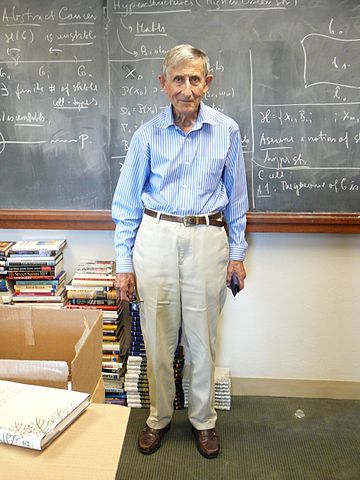
R.I.P. Freeman Dyson
The physicist and mathematician Freeman Dyson passed away yesterday, February 28. His daughter Mia confirmed the news explaining that her father got injured after falling in his office in Princeton last Wednesday and complications led to his death.
In addition to theoretical studies, Freeman Dyson pursued various technological projects starting with the Orion Project, which aimed to build a nuclear-powered rocket, and subsequently to a class of nuclear reactors called TRIGA (Training, Research, Isotopes, General Atomics) for the production of isotopes for medical use.
Over the years, Freeman Dyson wrote articles that proposed ideas and projects such as the Dyson sphere, a structure built to completely surround a star to use all the energy it emits, and the Dyson tree, a plant created by engineering genetics to grow on a comet useful to create space habitats in which it would generate oxygen. Recently he proposed a variant of this project with the idea of creating plants that absorbed more carbon dioxide.





